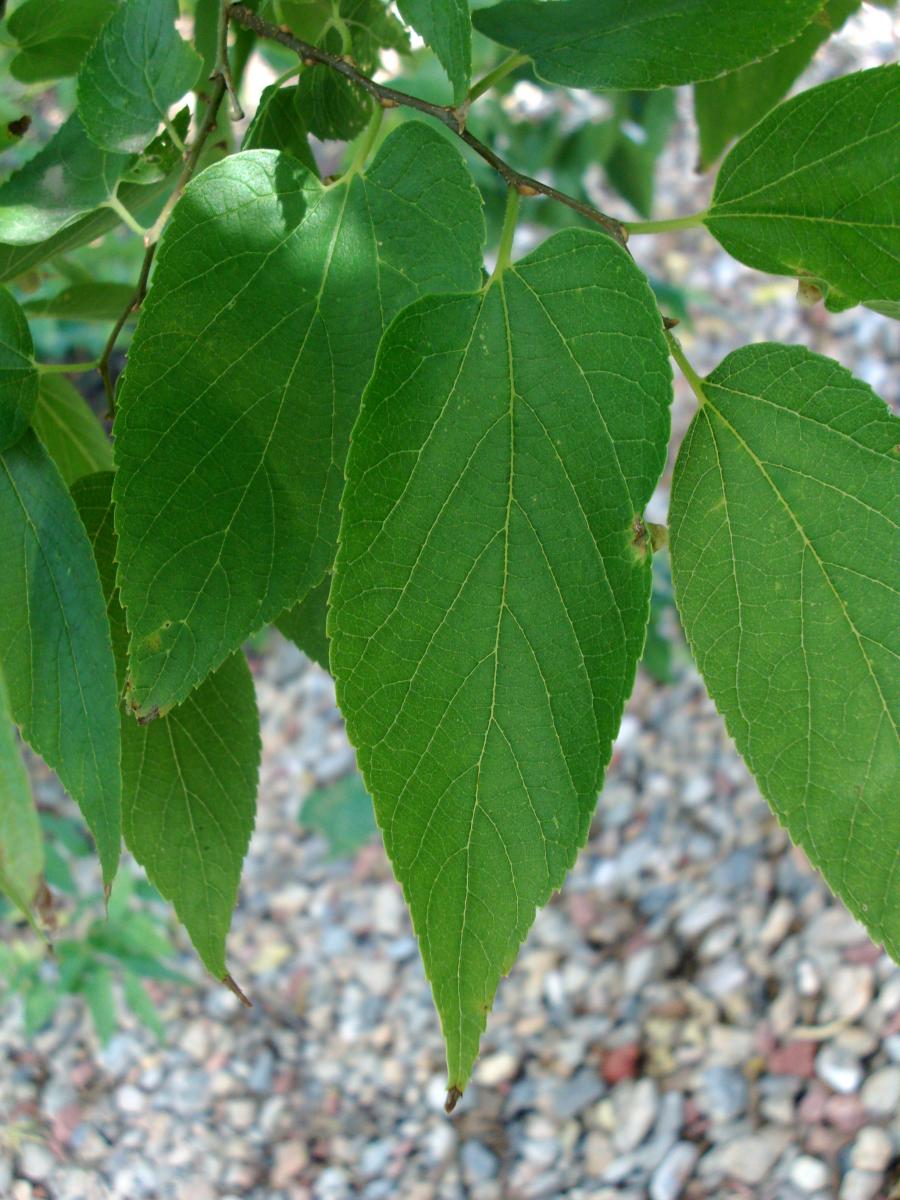hackberry tree leaves turning black
Premature leaf drop can occur during heavy infestations. Root rot on your Hackberry tree Celtis occidentalis can be fatal if not treated with care.
Common Hackberry Celtis Occidentalis
The aphids infest the lower sides of leaves in large numbers creating small globs of fuzzy mass.
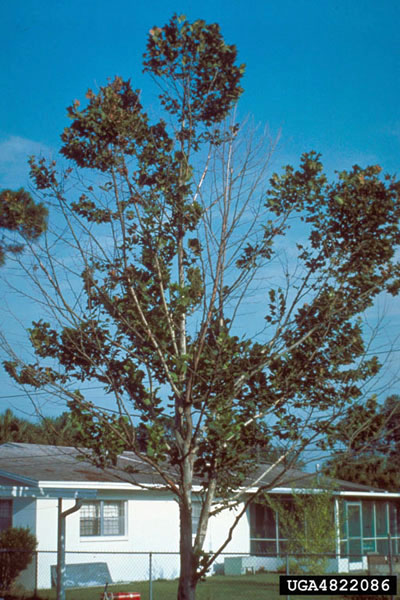
. Circular nipple-like swellings that project from the undersides. Root soft and blackened. In the fall months the leaves will turn into a bland yellowish color before falling off.
Overwatering and root rot improper nutrition fungal diseases and pests are the main causes of the plant leaves turning black. Lace bugs are sap feeding insects commonly found on the leaves of shade and ornamental trees in Iowa. There are tiny black winged bugs with tinier babies all over the inside of the leaf.
Adults are light brown with flecks of creamish-white and look like miniature cicadas. When the eggs hatch the insects feed by sucking on the sap of the leaves which is why the leaves are yellow. You may not be able to reach the top of an 80-foot-tall tree without a power washer or commercial spray device but even if you dont reach the top of the tree you can reduce the severity of the problem.
The browning of the hackberry Celtis occidentalis leaves is probably due to lace bugs. See what summer pest could be hurting your tree leaves. This will also reduce the damage being done to the tree.
Or wilting soon after leaves emerge in spring. Also allow free air movement around the plant and spray it with horticultural oil. During spring and summer the females will reproduce asexually.
It could also be seen on the leaves of nearby plants. You can see the eggs of the psyllids in your picture. Yellow discolorations on upper leaf surface above the nipple galls.
These small white insects fall off hackberry trees also known as sugarberry trees and seem to float in the air. Raised cushion-like bumps on affected branches may be cream to orange or red turn black with age. Dead branches and twigs often first observed in early spring when no leaves form.
They overwinter as eggs on the tree and emerge in the spring with new leaf growth. There is a big hackberry tree in my back yard that provides welcome shade to our deck. To prevent blackening water your plant only when 1 to 2 inches of soil is dry and do not fertilize too often.
We tolerate the leaves it also drops. A very common pest of the Hackberry is the Hackberry Leaf Gall Psyllid. Sunken dark brown area on branch that is often cracked or has a ridge at the edge.
This fall the deck was covered with a sticky saplike substance that turned a bright green umbrella black. Hackberry disease 269208. Adults are light brown with flecks of creamish-white and look like miniature cicadas.
This pest is normally considered just a nuisance rather than destructive to the tree. They feed on sap and produce large amounts of honeydew which can in turn cause problems with black sooty mold growth. 18th to 316th long.
Sunken dark brown area on branch that is often cracked or has a ridge at the edge. For this reason we strongly recommend that you follow our guide to keep your plant alive if the symptoms occur. The leaves are turning brown and are falling down a lot in the last weekThe leaves have the whitish wart-like bumps on the underside and they also have black tiny dots covering the leaf.
Its attractive serrated leaves range from dull green to glossy and have unequal bases and tapered ends. The foliage of trees infected with armillaria mellea starts to discolor and drop prematurely. My Hackberry tree appears to have 2 diseases going on.
Raised cushion-like bumps on affected branches may be cream to orange or red turn black with age. Adult lace bugs have attractive wings that are beautifully sculptured with an intricate pattern of veins resembling. More information on Hackberry nipple.
My Hackberry tree appears to have 2 diseases going on. You likely have a population of aphids in the tree. The insects feed on the sap from the leaves and secrete sticky honeydew that in turn encourages the growth of black sooty fungus on infested tree areas.
The leaves are turning brown and are falling down a lot in the last weekThe leaves have the whitish wart-like bumps on the underside and they also have black tiny dots covering the leaf. Winged forms may also be observed and wings have obvious black markings on them. Or wilting soon after leaves emerge in spring.
The browning of the hackberry Celtis occidentalis leaves is probably due to lace bugs. Trees most commonly affected are hackberry sycamore and oak. The hackberry is also known for its distinctive bark surface which has a corky texture with warts at the base and is often described as stucco-like.
Raised cushion-like bumps on affected branches may be cream to orange or red turn black with age. Many will land on lower leaves but washing will remove them to the ground. Dead branches and twigs often first observed in early spring when no leaves form.
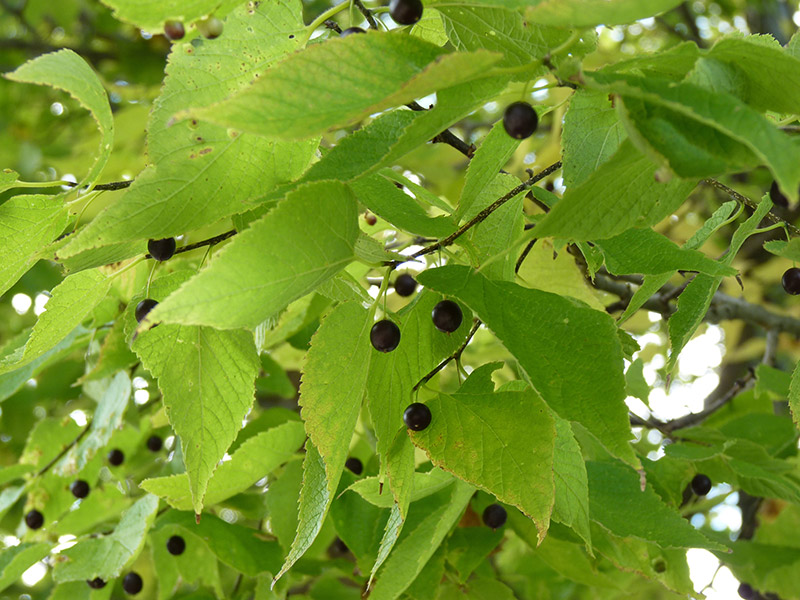
Common Hackberry Umn Extension
Common Hackberry Celtis Occidentalis
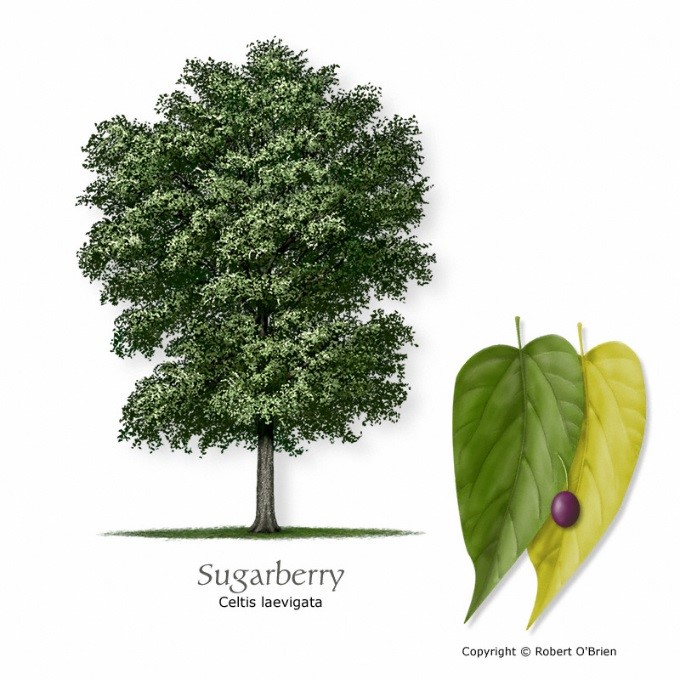
Species Spotlight Celtis Laevigata Sugarberry Austintexas Gov
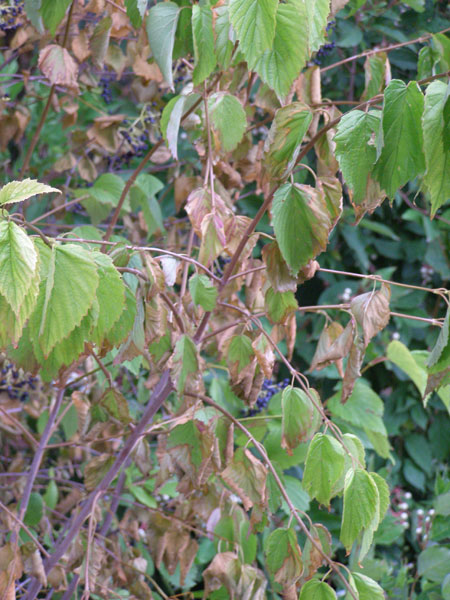
What S Wrong With My Plant Garden University Of Minnesota Extension
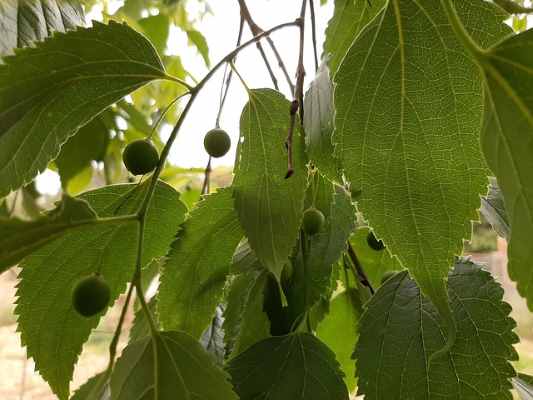
Hackberry Trees Celtis Common Types Leaves Bark Fruit Pictures Identification

Hackberry Trees The Garden Bench

What S Behind That Black Sticky Substance From Your Hackberry Tree
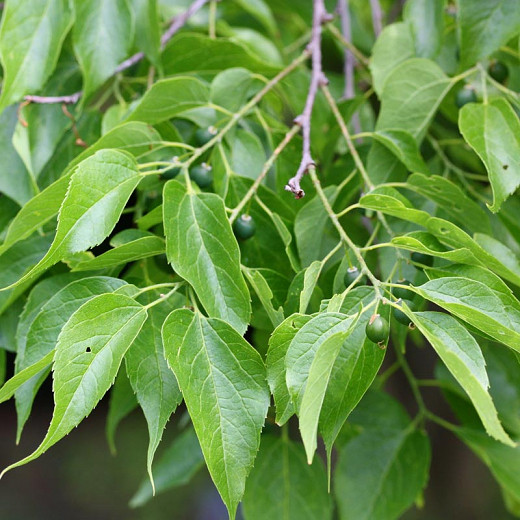
Celtis Occidentalis Common Hackberry
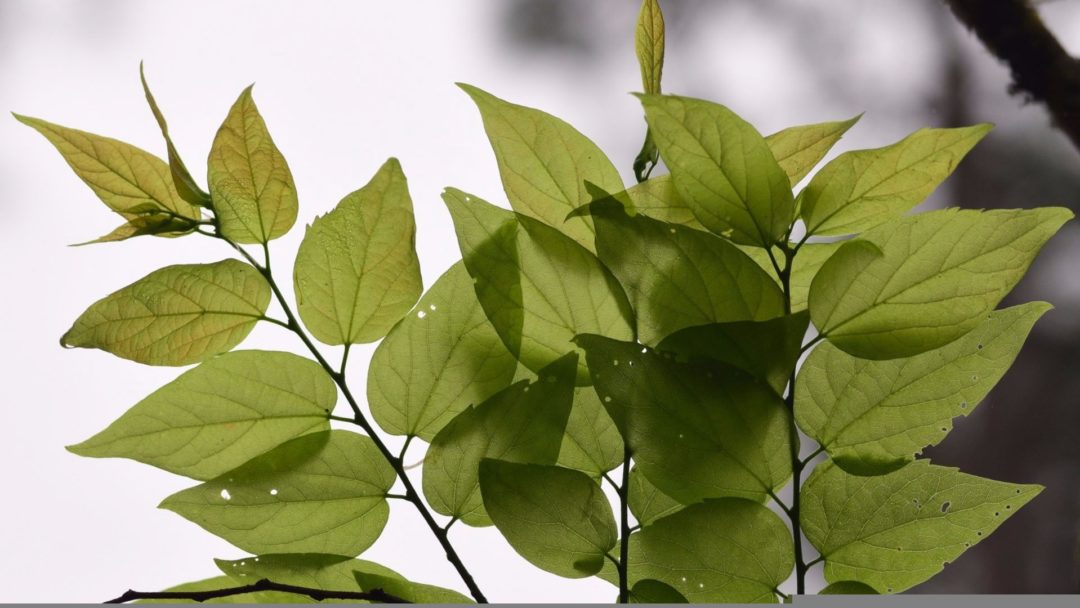
Hackberry One Tough Tree Arbor Day Blog

Hackberry Tree On The Tree Guide At Arborday Org
Common Hackberry Celtis Occidentalis
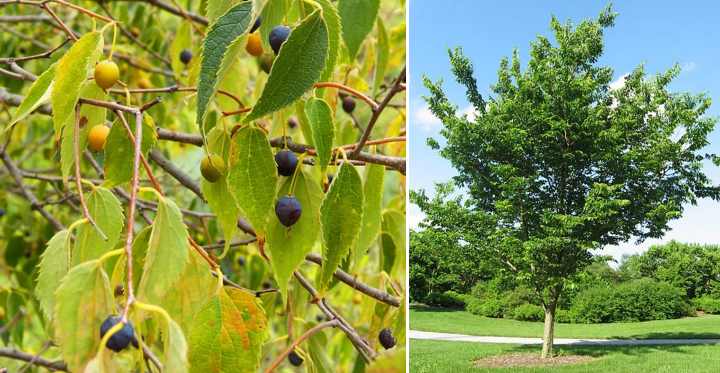
Hackberry Trees Celtis Common Types Leaves Bark Fruit Pictures Identification

What S Wrong With My Plant Garden University Of Minnesota Extension

Northern Hackberry Real Paleo Food Four Season Foraging
Celtis Occidentalis Hackberry Minnesota Wildflowers
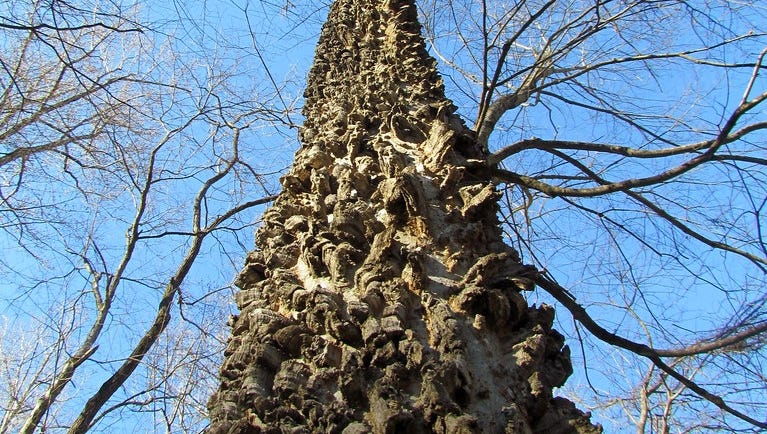
Hackberry Trees Are Under Attack
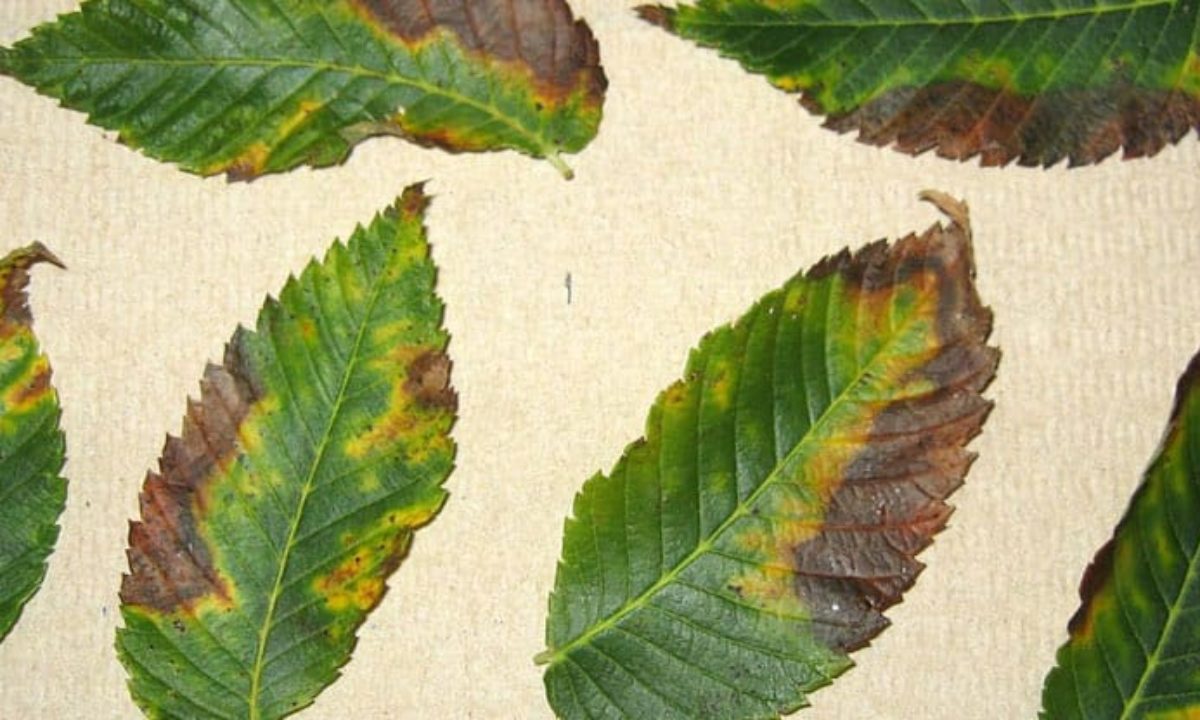
Brown Dying Or Scorched Tree Leaves Bacterial Leaf Scorch Faqs Organic Plant Care Llc Flemington Nj

